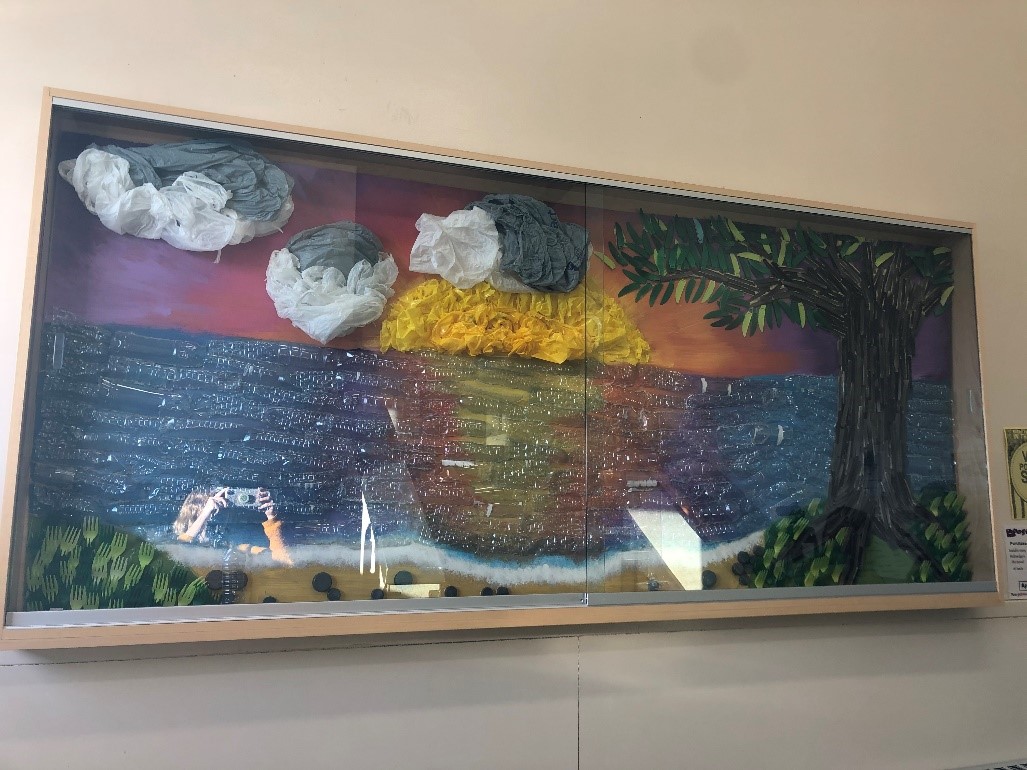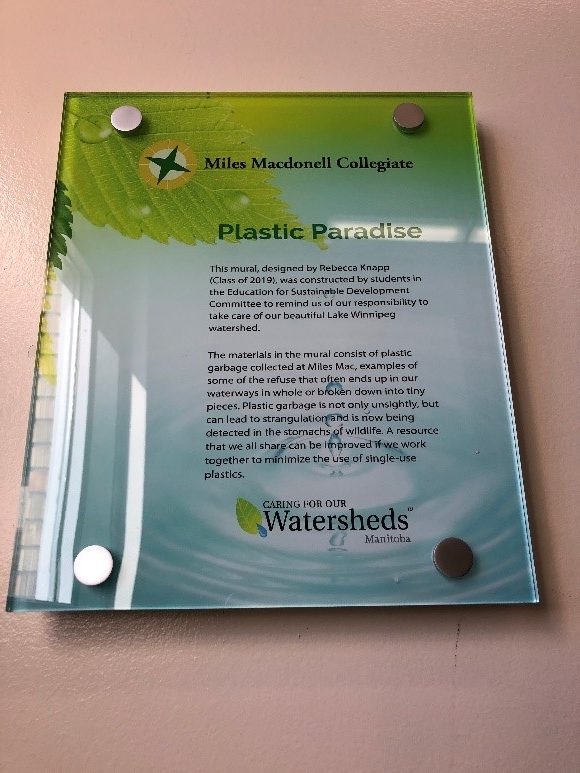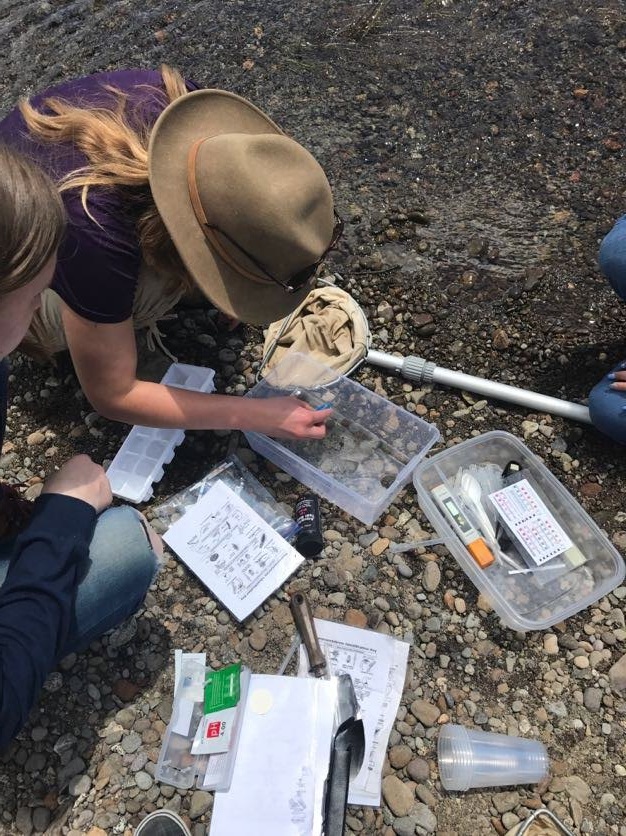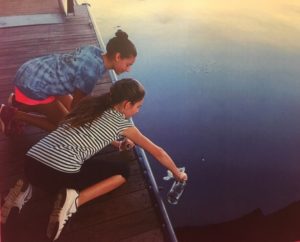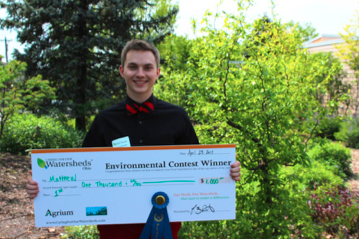2019, Shoal Lake, Manitoba, Canada

Bailey Ostash and Nadia Nickel are students at Shoal Lake School in Shoal Lake, Manitoba. Living in the Lake Winnipeg Watershed, they became worried about the algal blooms appearing on lakes in the area.
“On a hot sunny day, you are going to the beach. What’s one of the first things you do? Most people, as soon as they get to the beach, put on sunscreen. Then, they go into the water… One of our main concerns is that sunscreen [can be] full of many harmful chemicals that harm our watershed.”
Their solution was to create their own homemade, natural, biodegradable sunscreen. They will educate students in their school and people in their community on ways that they can reduce their impacts on their watershed with simple solutions like eco-friendly sunscreen. They plan to set up at local farmer’s markets and craft shows to spread their message and their product.
“It has been such a rewarding project. [Bailey & Nadia have] inspired me to learn more and get more involved with other groups and activities.” – Benita Shwaluk, Teacher, Shoal Lake School

 2019, The Pas, Manitoba, Canada
2019, The Pas, Manitoba, Canada You may not know this, but plastic toothbrushes create major toothaches for our environment.
You may not know this, but plastic toothbrushes create major toothaches for our environment. 2019, Winnipeg, Manitoba, Canada
2019, Winnipeg, Manitoba, Canada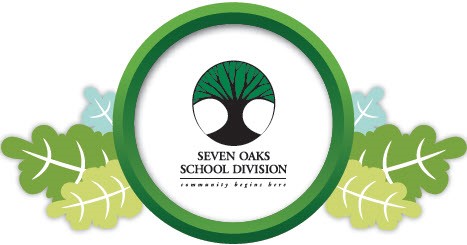
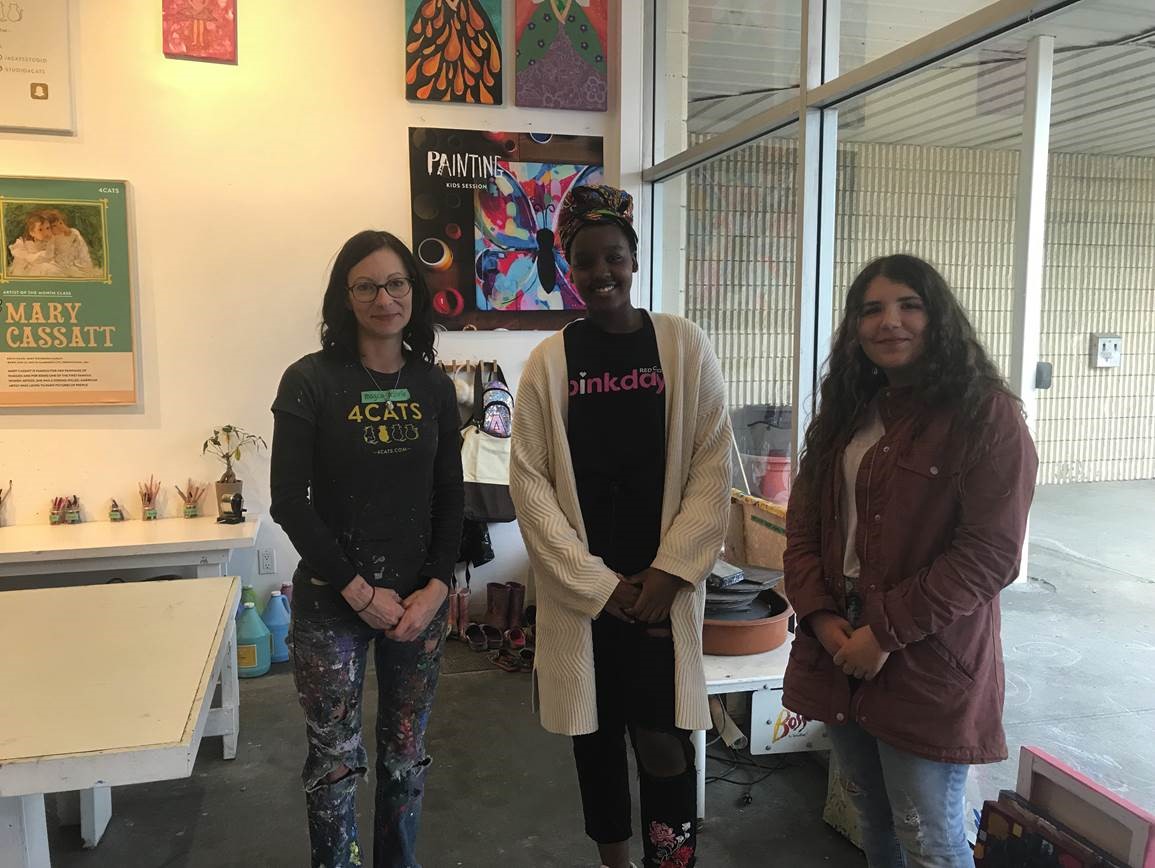

 Valeria, Ashley, Iliana, Zaneya, Frank, Emmett, Connor, Jamethiel, Valery, Brady, and Talin were bothered by all the electronic being thrown away. Many contain components that leak toxins into the watershed. They hoped that by collecting unwanted electronics they could repurpose some and safely recycle others.
Valeria, Ashley, Iliana, Zaneya, Frank, Emmett, Connor, Jamethiel, Valery, Brady, and Talin were bothered by all the electronic being thrown away. Many contain components that leak toxins into the watershed. They hoped that by collecting unwanted electronics they could repurpose some and safely recycle others.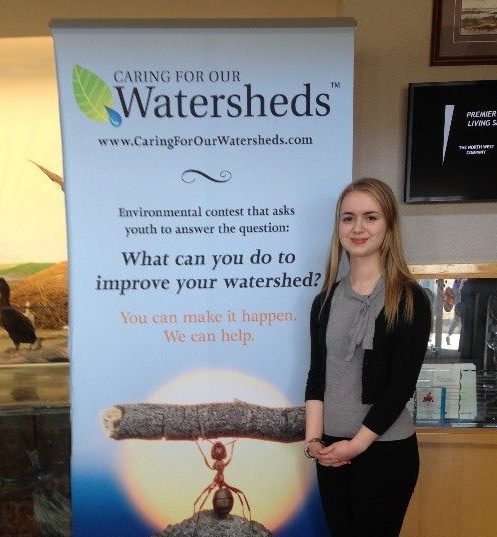 2018, Winnipeg, Manitoba, Canada
2018, Winnipeg, Manitoba, Canada